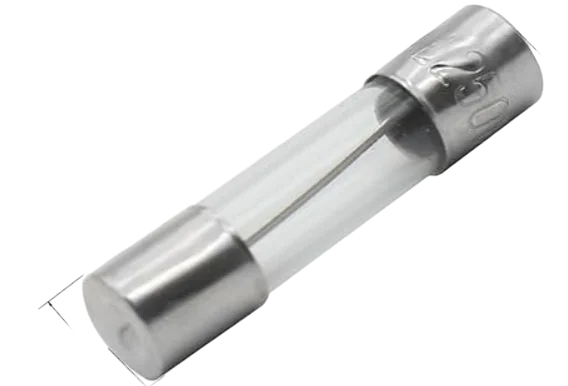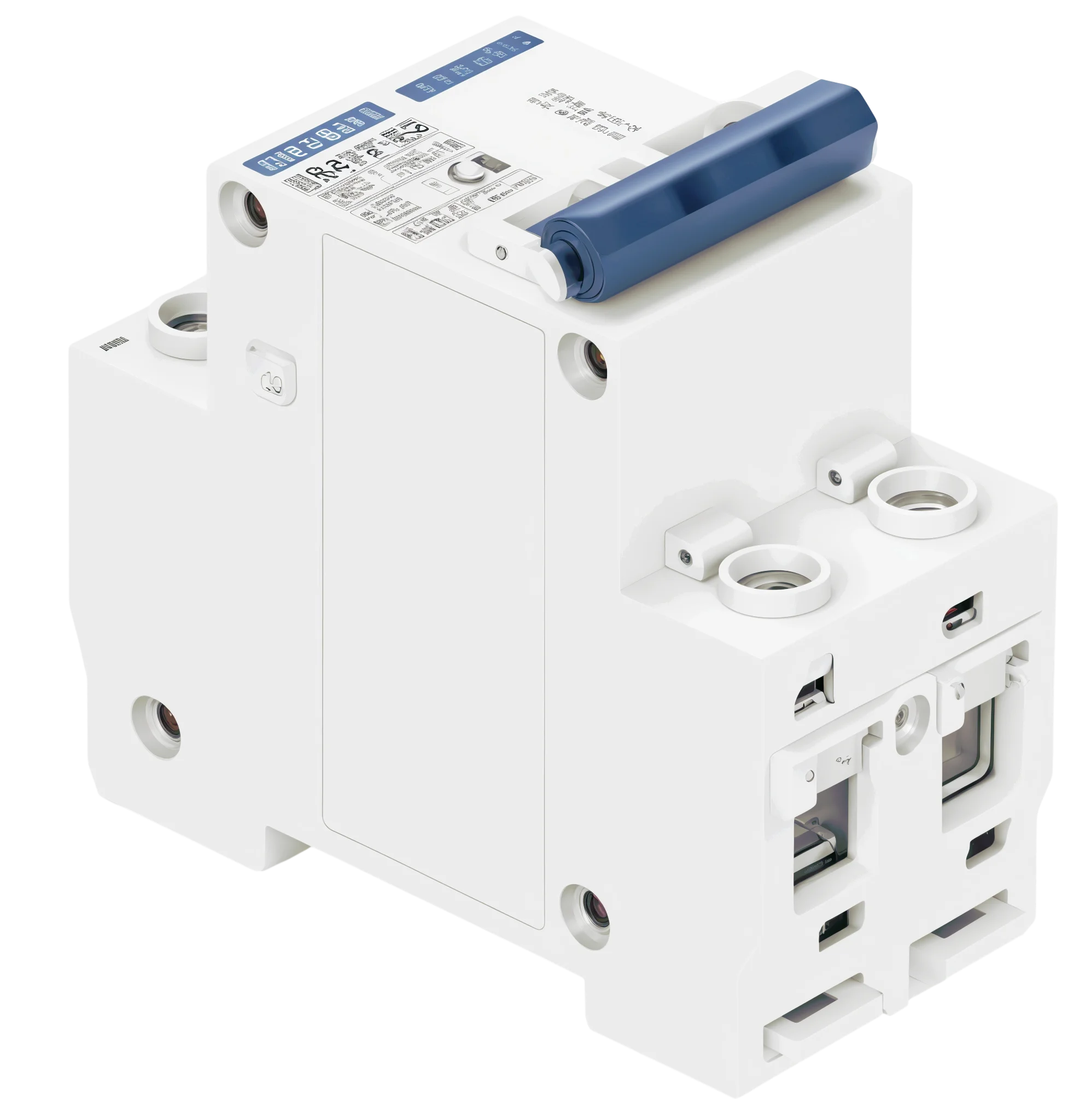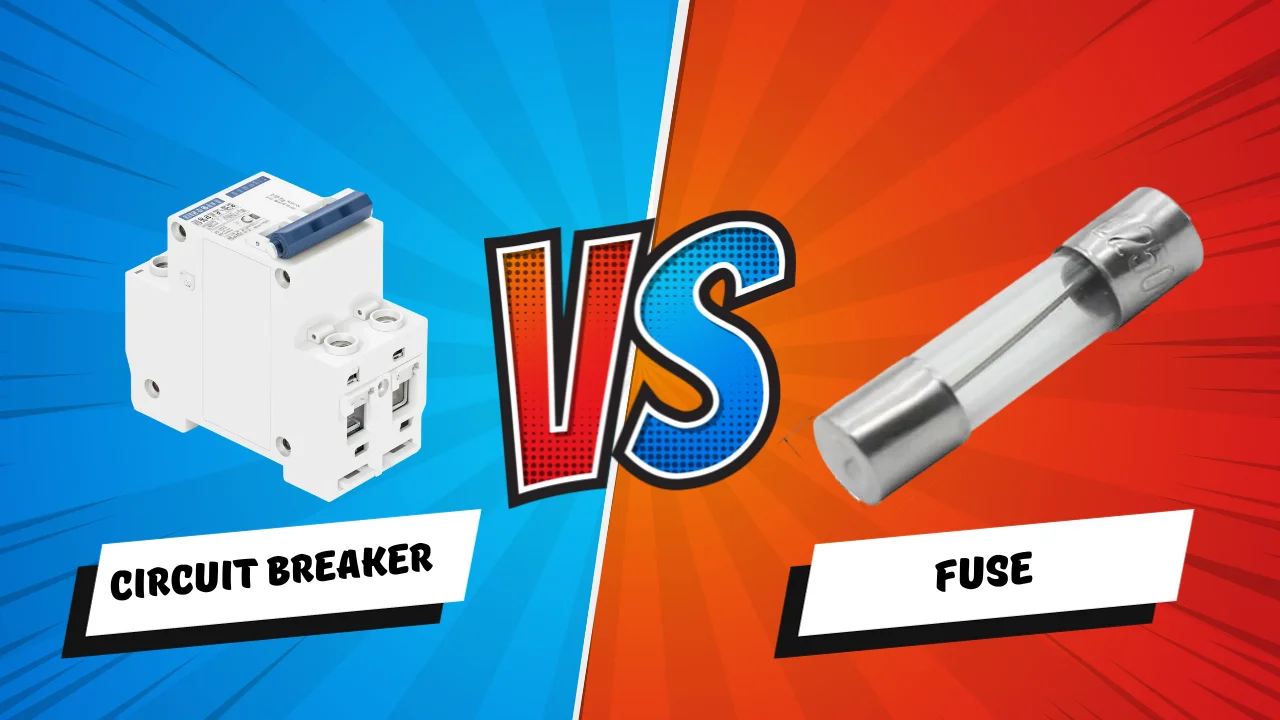Hi there! Please allow me to start our reading by sharing 5 Surprising Facts about Circuit Breaker Vs Fuse:
- The concept of a circuit breaker dates back to the early 19th century, while the modern version was patented by Thomas Edison in 1879. Fuses have been used even earlier, dating back to the 1800s.
- Circuit breakers are reusable devices, while fuses are designed to be one-time-use only. When a fuse blows, it needs to be replaced, whereas a circuit breaker can be reset manually.
- Circuit breakers use an electromechanical mechanism to detect and interrupt excessive current flow, whereas fuses rely on a thin wire or strip that melts when the current exceeds a certain limit.
- Circuit breakers offer more precise protection than fuses. They can be set to trip at specific current levels, allowing for better control and customization of the protection offered.
- Fuses have a faster response time compared to circuit breakers. When a fault occurs, a fuse typically blows within milliseconds, while a circuit breaker may take slightly longer to trip.
Circuit Breaker Vs Fuse: What’s The Difference?
| Feature | Circuit Breaker | Fuse |
|---|---|---|
| Operation Principle | Uses electromagnetism or heat sensitive bimetallic strips to trigger a mechanical switching mechanism | Uses a thin conducting wire that melts when current exceeds rated value |
| Reset Ability | Can be reset by flipping switch back on | Must be replaced once blown |
| Response Time | 0.02 – 0.05 seconds | 0.002 seconds |
| Protection Type | Overcurrent and short circuit | Primarily overcurrent |
| Breaking Capacity | Higher 🔌 | Lower 🔥 |
| Typical Application | Protect branches or whole building 🏢 | Protect individual devices or small branches 💡 |
| Cost | More expensive 💰 | Very low cost 💲 |
How a Fuse Works

When electric current flows through the fuse’s metal filament normally, no interruption occurs. But when a large power surge or excessive load occurs, the increased current heats up the filament causing it to melt and create an open or broken circuit. This stops the flow of electricity almost instantly before it can reach protected devices downstream. Once a fuse melts, it must be replaced with an identical unit in terms of voltage and current rating.
What I Chose for Clients’ Hotel
The quality of the fuses is excellent, especially considering the reasonable price of the fuse. They are suitable for use in both automotive and various other applications. The assortment includes different amperage options and a range of fuse sizes, accommodating different needs.
While the size of the fuses is slightly shorter than the standard Bus brand fuses and not very tight in holders, they still make good contact and perform well when needed. It’s worth noting that these type of fuses are becoming increasingly hard to find, and this collection provides a wide range of values that are becoming rare.
Fuse Ratings and Sizing
Fuses are available in a range of standard current ratings, typically from less than 1 amp up to 100 amps or more. Choosing the right rating is important for proper coordination and selectivity. In general, a fuse’s current rating should be higher than the normal running load of the circuit but lower than wire amp ratings or the damage points of connected equipment. This ensures the fuse will blow in an overload before wires overheat or devices get damaged. Time-delay fuses are also available that allow temporary spikes above the rating before opening the circuit.
How Circuit Breakers Work

Thermal tripping utilizes a bimetallic strip that physically bends and releases a latch when heated by sustained over-currents. Magnetic tripping uses an electromagnet to trip the latch when higher instantaneous currents occur, as in a short circuit. The latch movement quickly separates internal contacts, interrupting current flow through the device.
What I Chose for Clients’ Hotel
As a hotel professional, I understand the importance of guest satisfaction and the impact that electrical failures can have on their experience. With this circuit breaker in place, I can confidently say that it significantly reduces the risk of power disruptions and potential hazards, ensuring a comfortable and safe environment for guests.
Installation of this circuit breaker was a breeze, thanks to its user-friendly design and included mounting options. The provided rail allowed for flexible placement, ensuring convenience and ease of access when needed. This versatility is especially important in hotel settings, where the breaker may need to be positioned strategically in order to optimize electrical distribution and maintenance efficiency.
In terms of reliability, this circuit breaker has performed flawlessly, without any reported issues or malfunctions. Its compact design and high-quality construction have made it a seamless addition to the hotel’s electrical infrastructure. The breaker’s ability to handle heavy loads and its suitability for future upgrades have also been appreciated, providing peace of mind for long-term investment and scalability.
Resetting a Circuit Breaker
When tripped, the circuit breaker’s lever or switch flips to an intermediate or fully disconnected position indicating an overload or fault has occurred. The breaker can then be reset manually once the overload condition is removed. This resetting or self-restoring functionality enables circuit breakers to continue protecting the circuit for years without replacement.
Circuit Breaker Options & Ratings
Circuit breakers come in a wide range of sizes and capabilities. Standard units may provide protection for a single 120 or 240-volt household branch circuit with 15 to 100 amp capacities or higher for large appliances. Larger units include multiple poles to disconnect both line and neutral or multi-wire branch circuits in one coordinated unit. Two and three pole common trip breakers ensure all poles open together on overloads. Bolted pressure devices offer very high interrupting capacities up to 200,000 amps for large commercial and industrial distribution systems.
Common Applications for Fuses vs Circuit Breakers
 The unique advantages of fuses and circuit breakers lend themselves to some typical applications:
The unique advantages of fuses and circuit breakers lend themselves to some typical applications:
Fuses:
- Protecting electronic devices and delicate instruments susceptible to voltage spikes
- Safeguarding individual household circuits and multioutlet surge protector strips
- Backup protection behind main circuit breakers
- Applications requiring fastest possible response time
- Temporary or frequently changing electrical loads
Circuit Breakers:
- Primary protection for home branch circuits and commercial/industrial distribution
- Lighting circuits, major appliances and hardwired equipment requiring resettable protection
- Locations needing manual disconnect control and power switching
- Protecting heat producing equipment like motors, heaters and machinery
- Systems exposed to frequent lightning strikes or power surges
- Long-term installations where replacement is difficult
In many instances, fuses and circuit breakers combine to form a layered protective strategy. For example, fuses may provide point-of-use protection at outlets inside equipment while circuit breakers handle distribution circuits to reduce fuse costs.
Choosing the Optimal Protection Scheme
Deciding whether fuses or circuit breakers offer superior protection depends greatly on the specifics of the electrical system and loads involved. In complex integrated power systems, engineering analysis helps set protection levels and device specs for optimal safety, selectivity and reliability across the entire installation. Both fuse and circuit breaker technologies continue evolving with innovative products like smart fuses and advanced diagnostic breakers.
Rather than an either-or proposition, engineers often harness the strengths of both devices in multi-level protection plans tailored to the customer’s risk environment. On smaller residential projects, licensed electricians determine appropriate protection equipment complying with national and local electrical codes. Their specialized training and design experience provides the expertise to balance protection, costs and functionality while prioritizing safety.
